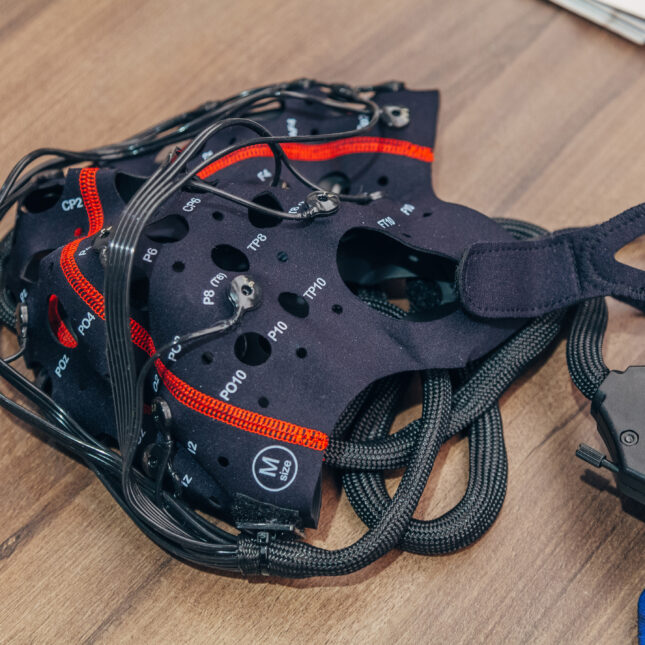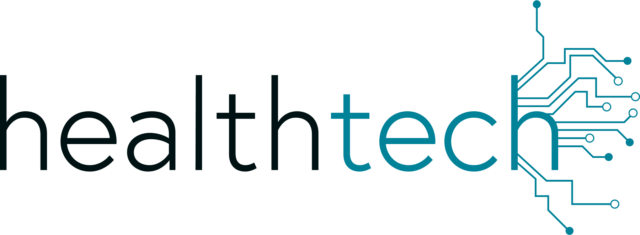
Brain-computer interfaces can dramatically improve the lives of people with disabilities, but they can also suck up sensitive information about what goes on in a person’s brain. Questions and concerns about how that information might be used could delay the transformative technology from reaching the market, according to a new government report.
These devices, including wearables as well as ones that are implanted, help people with severe disabilities communicate or use robotic limbs. The Government Accountability Office’s report suggests three areas that the field will need to address: protecting implantee’s neural data, providing them with support after implantation, and working with Centers for Medicare and Medicaid Services to determine coding, coverage, and payment for the devices.
“This is not something that fell off the turnip truck,” said Amy Kruse, a former neuroscientist and the chief investment officer at Texas-based investment firm, Satori Neuro. “The science has been well-established and the methodologies and processes have really been a building almost like a crescendo, right to the moment that we are in right now.”

This article is exclusive to STAT+ subscribers
Unlock this article — and get additional analysis of the technologies disrupting health care — by subscribing to STAT+.
Already have an account? Log in





